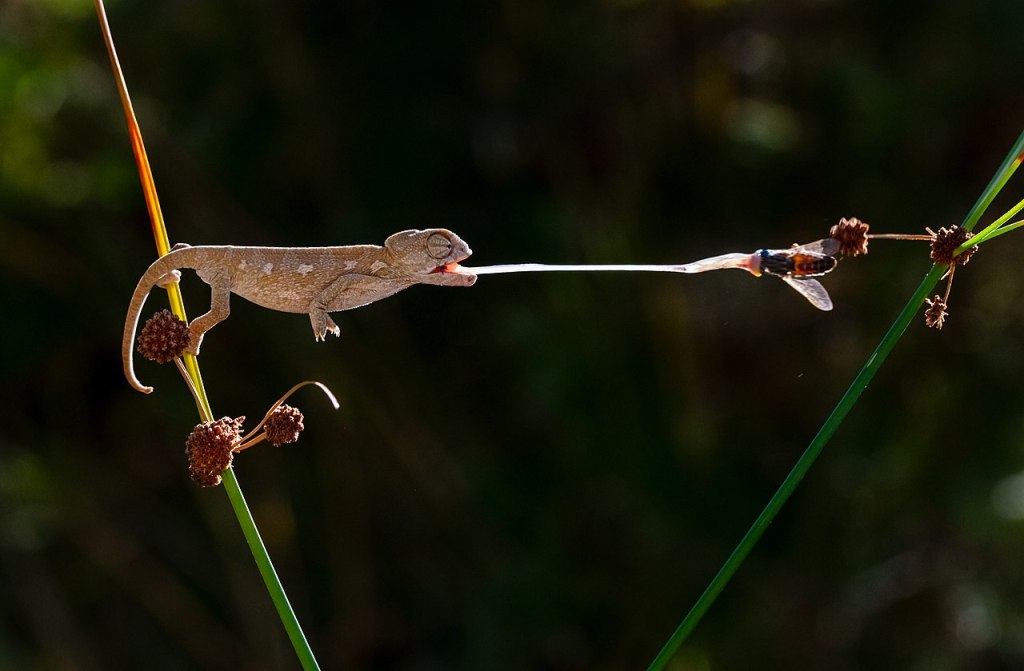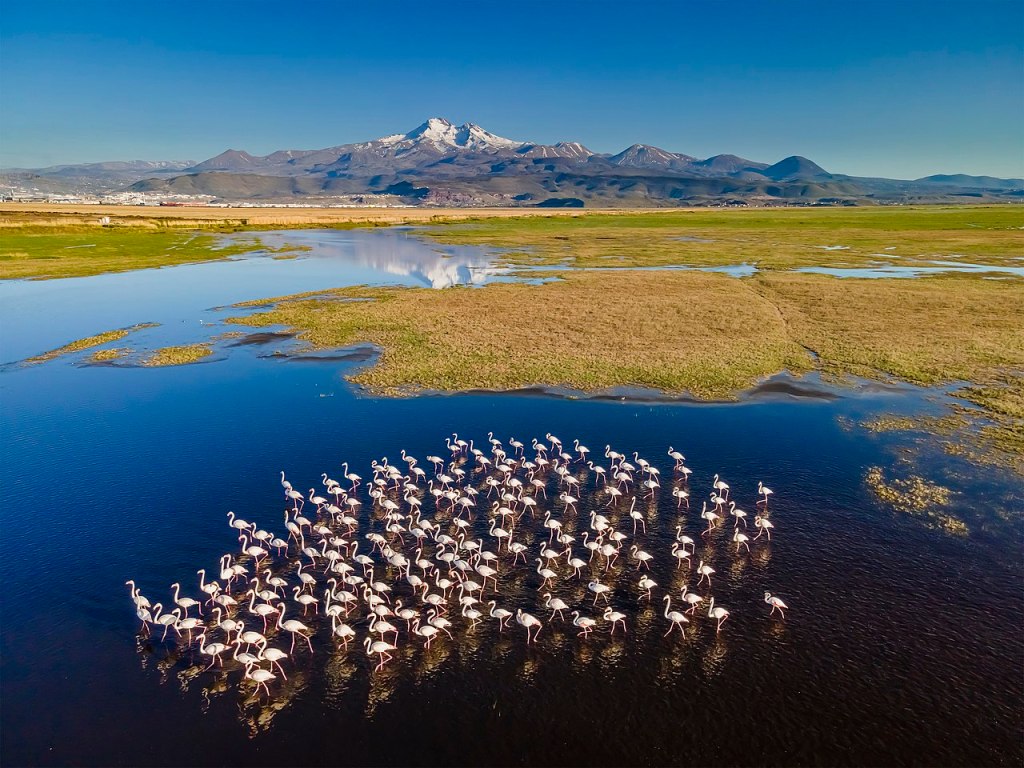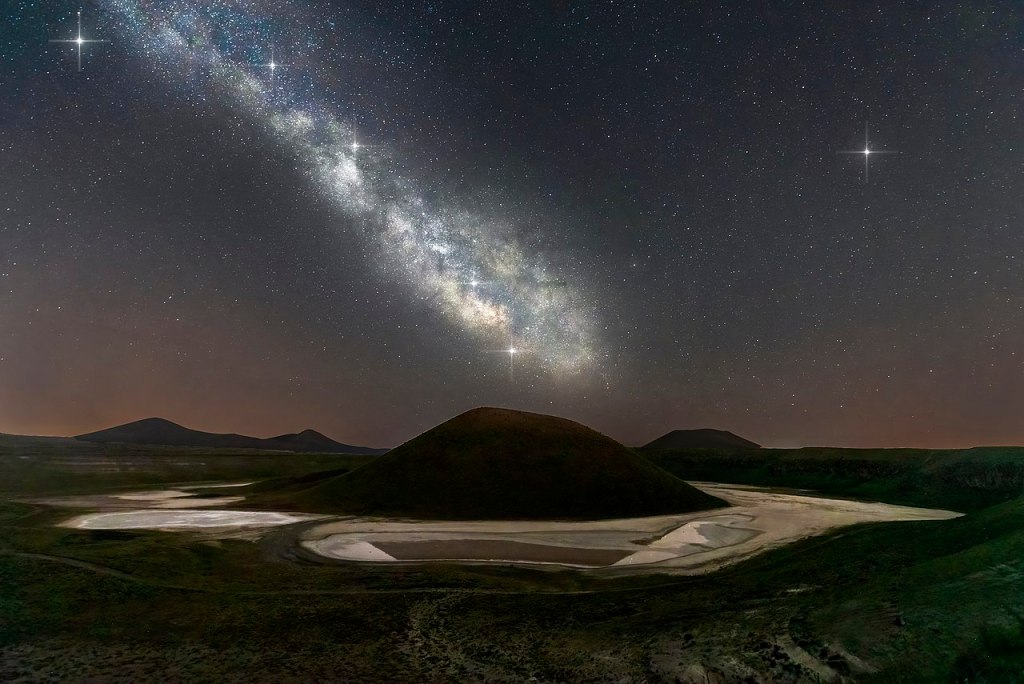In 2022, when the winners of Wiki Loves Earth international competition were announced in December, the Turkish community was delighted to learn that 6 of the photos they have sent to the international contest were in the top 20 of the international competition. The organizers interviewed with the photographers to learn the story behind their photos.

Mehmet Karaca had three photos in the winners list of the international competition’s macro category. All three were taken at Kapıçam National Park in the Mediterranean Region of Türkiye. Mehmet Karaca lives in the city of Kahramanmaraş, 13 km away from the Kapıçam National Park and from time to time visits the park to take photos. The macro category first place winner photo belongs to a baby chameleon on the hunt. Mehmet says this photo was taken in September of 2016. He saw the chameleon in the afternoon, in an area covered with plants and flies. “It was a Mediterranean chameleon which is the only species of chameleon living in Turkey ” he explains. The baby chameleon was about to hunt so Mehmet had to be extremely careful not to scare off his model. He already had his camera at serial shot mode; his finger was ready to press the shutter release. In a 30 pose serial shot, he managed to capture the moment the chameleon caught a fly with its marvelous tongue.

Ramazan Çırakoğlu has two photos listed in the winners list of international competition’s landscape category. Both photos were taken at Hürmetçi Reeds wetland of Kayseri province in Central Anatolia. One showing the flamboyance of flamingos, the other a buffalo herd. Ramazan lives in Kayseri province and when we contacted him, he poetically told us how thousands of birds express their gratitude to great Erciyes mountain for this glacier-fed wetlands by dancing every morning. He then expressed his anxiety about global climate change causing glaciers melting and wetlands beginning to dry up. He also has complaints about industrial buildings expanding into wetlands, and arbitrary-built power lines risking the life of the birds. He is afraid that the cute flamingos will change their migration routes, and says “those birds might be the last flamingos seen in Hürmetçi Reeds.”
Banu Nazikcan also has a photo listed in the winners list of international competition’s landscape category. She photographed the Milky Way over Lake Meke, a crater lake located in Konya Province, Central Turkey. “I took this photo in the summer of 2022. It is possible to shoot such photos of the Milky Way in the Northern Hemisphere during summer” she says and tells us how she was impressed when she first visited Lake Meke. “The fact that it came into being four million-years ago, and formed as a result of a volcanic eruption, that its water was salty and partly blood red…” impressed her very much. “I was literally looking at a historical monument” she recalls and adds that “it’s unfortunate that it is not possible to see the water as the lake dried up because of the drought.” However, this location is in a pitch dark spot away from city lights; therefore providing an ideal place to shoot the Milky Way. That is how she developed the idea of shooting the Milky Way Galaxy over the magnificent Lake Meke. Banu was so content from the result of her work that she says she would be upset if she hadn’t received a place in the winners list.


Can you help us translate this article?
In order for this article to reach as many people as possible we would like your help. Can you translate this article to get the message out?
Start translation